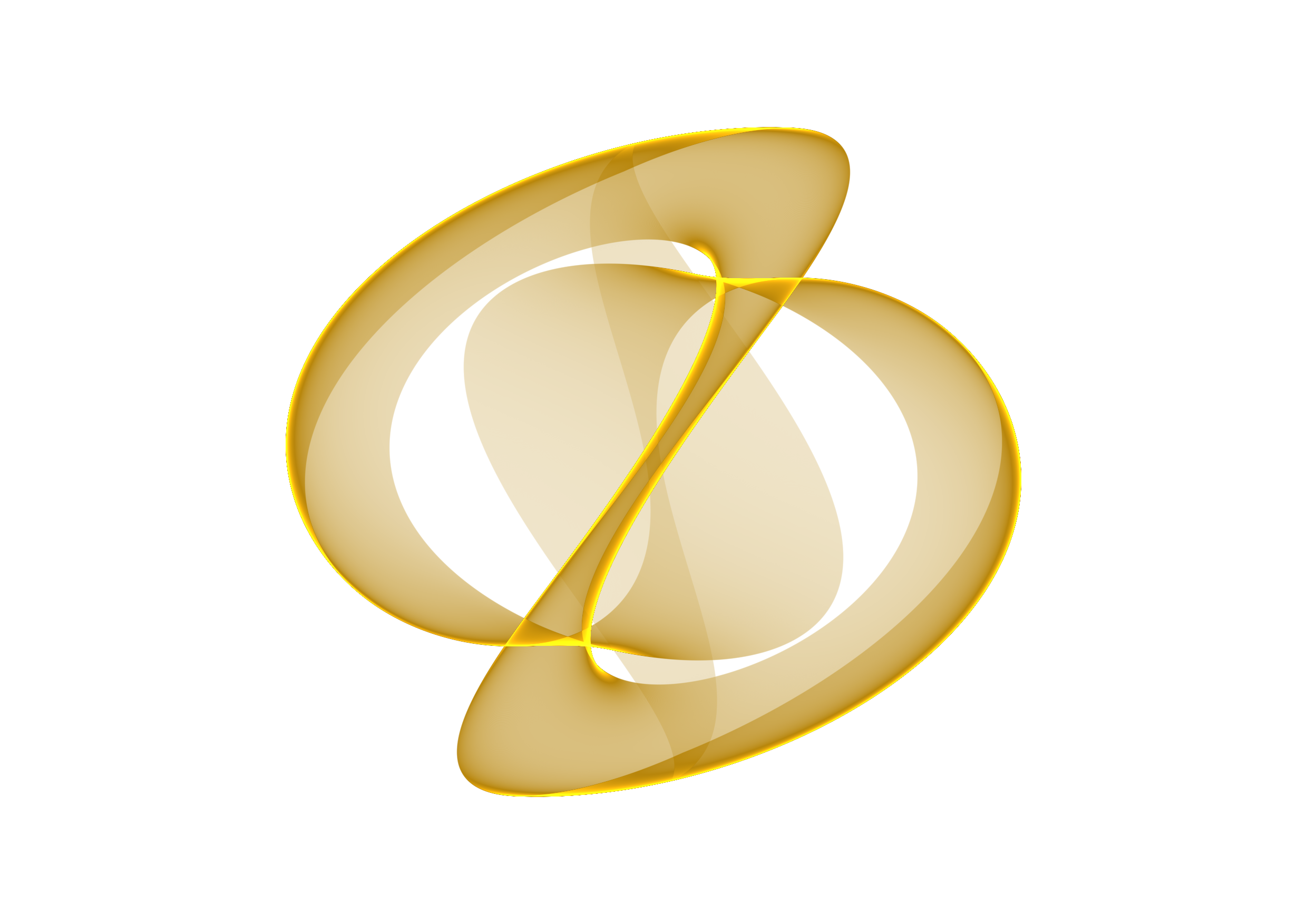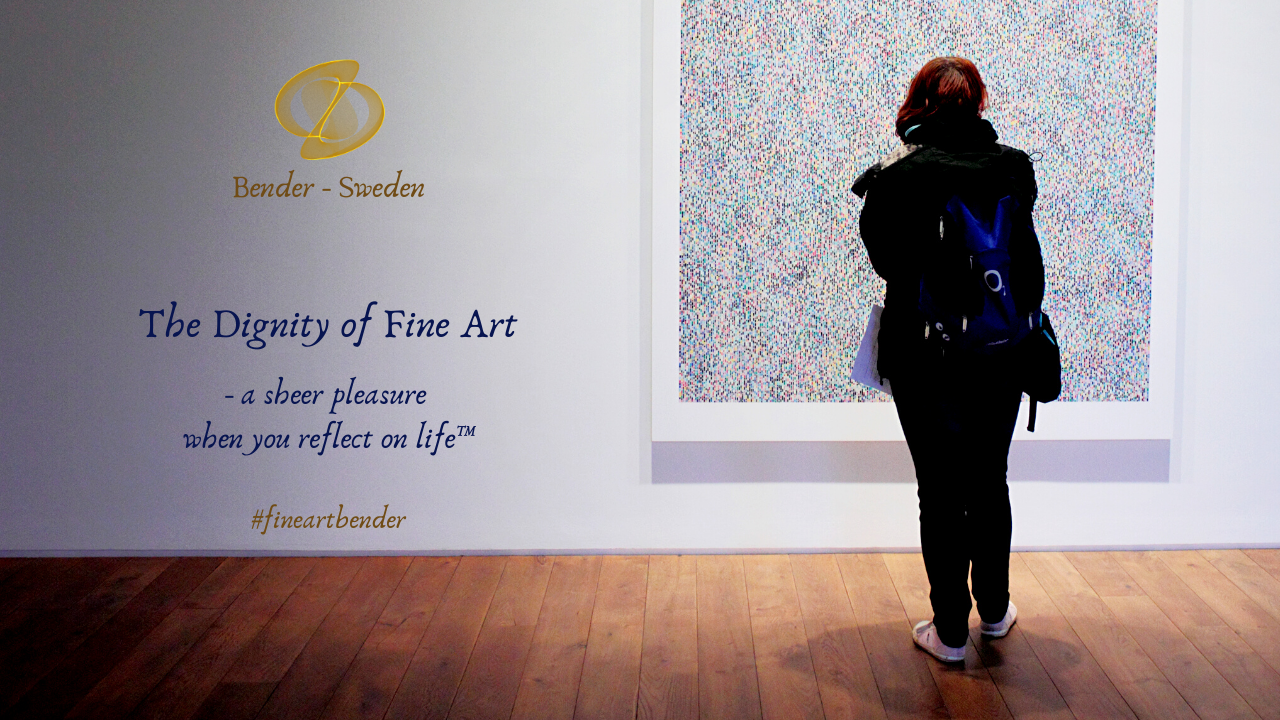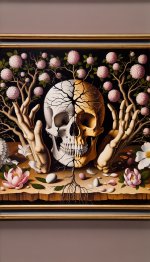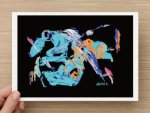Art Is About Life

Castello Estense Largo Castello, 1, 44124 Ferrara, Italy
Art is about life (Excerpt from Bender´s Bio)
When he (Bender) started painting in the 1980's he was caught by the psychotherapist author Alice Miller. A fully sovereign educator and writer, who made the "black pedagogy" more understandable. He reasoned with himself and recalled this passage from one of her writings "If that is the case here, then there should also be a certain way in another respect."
He turned the page of “his life” and another page of Miller and there, she herself had offered almost verbatim the wording he came up with “Creating abstract figurations or figurative abstractions.”
It woke him up from his beauty sleep and he began to realize more and more that what he sought, was not primarily to know something about something or to get more knowledge, it was the understanding itself. More of the understanding in life “phenomena” and how it can be expressed in different ways. (to be continued... below.)
Video: "The Art Life" - Documentary
(continues here...)
He focused on what sparked his interest and unique
point of view at the time, understanding more what he did not understand at that moment.
"If I
experiences it, I can more easily relate myself to it, and perhaps to reason
with myself about another phenomenon connected. I can train myself to understand
the intricacies I experiences".
“Do you “just” want to know more? Or know why you know more?” He is more content with himself right now for being able to provide himself with information that will help him obtain more knowledge of his expertise. Do he understand the same phenomenon to process it further? He´s continually asks himself, therefore, the understanding is a step further.
Art & Culture - A phenomenon expanding the
understanding boundaries of the community.
Or perhaps one should call
it, art in a culture. Even 29 years ago (32 years 2019) when he started painting, thoughts popped up of how art transcends
boundaries. There he could, with his feelings and thoughts, stand in
front of a canvas and think exactly what he wanted. The most absurd things,
which could be symbolized by a stroke in a particular form, in a
particular color, to something more accessible also in a particular form, in a
particular color or combination of shapes and colors came to him.
When he
finishes a painting, and in some senses has directed his feelings and thoughts,
he hands it over to the viewer. When a viewer takes on the same painting,
he or she has no idea what and how Bender was creating, but somewhere there is
a meeting.
"It is exactly in this meeting that “it” achieves greater things".
If Bender is the director/conductor so should the viewer be termed the "actor/orchestra" that which portray and interpret the work.
If he confines himself, and gives his art a title, such as "Blue bike against a white wall”, what do he want to accomplish with this title, Bender says. Is the title a help or just a way to state the fact, it's a blue bike against a white wall? In his art works, in many cases the titles that are meant to serve as metaphors and are not intended primarily to describe the artwork. If a painting in combination with the title is too clear, what happens in the viewer's brain?
"In most
cases the viewer stay "on the surface" and watch a picture, not a
work of art. And I think this is a crucial point if the viewer become a viewer
of a picture or a co-creator of a piece of art".
The intention is therefore that the art work in combination with a title,
should trigger thoughts and feelings with a viewer. If the paintings are
titled or labelled distinctively "blue bicycle against white wall" it
is not likely to induce deep thought. The intention is that the viewer
can use the artwork to teach themselves about something and about himself, not
primarily about Bender as an artist or the art work.
Through art, we can also find the "Who's doing what with which effect," and here inside his strokes, the viewers can further develop the understanding through the abstract figurations. Firstly, by detecting the artwork itself and then using these discoveries in our own personal life.
He calls his art work: abstract figurations or conversely, figurative abstractions because that´s how he perceives life or different phenomenon many times which curiously seems to be patterned (sometimes chaotically). It seems pretty abstract at times, or is not possible to grasp or understand immediately. The same phenomenon often reportedly occurs through the viewer's perspectives.
How can the viewer
use the art?
Bender´s desire is to show that you as a viewer can use the arts and individual
artwork to make new discoveries about yourself and society. Discoveries
that can lead from knowledge and then onward to better understanding of various
phenomena you encounter.
Because you are unique and an individual with personality, your interpretations
of a work of
art always fit in and adapt to your world, and thus it will meet somewhere your
inner world. You will naturally get help from your own
subconscious. This makes Bender´s pieces, hopefully, so subtly rewarding
as they also give you a gifted insight to yourself.
“There is always something to learn.”
Forward from Art Is About Life to
Index or Site Map
Since 1987

- Vision -
Inspiration - Purpose - Target
- Goals - Strategy
2025?
Nothing is more powerful
than an idea whose time has come.
- Victor Hugo -



